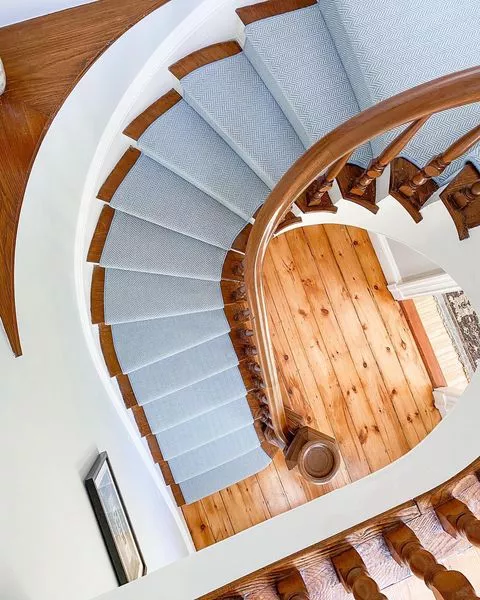We have had a lot of customers coming in the past few weeks with flood damage due to the melting snow or ice dams that are an unfortunate part of living in New England. Most people don’t know where to start when it comes to flooding and it typically is with insurance. Check your homeowners insurance policy to see how they handle flooding or ice dams. Houzz has some great tips as well.
In terms of carpeting, if you have a carpet or rug that has been soaked with water or sewage it’s best to just get rid of it. While not a fun excuse to get new carpeting, it’s better to start fresh than to deal with mold and cleaning costs down the line. If you are doing the removal yourself, wear rubber gloves and be careful not to cut yourself to avoid infection. For slight water damage, remove the carpet if possible, roll it up, and take it outside. Drape it so it will drain, but don’t let the rug dry this way — it might stretch out of shape. Once the water drains, lay the carpet on the ground. Be sure it’s dry before bringing it back inside — residual moisture can breed mildew and mold. Toss the carpet pad and wash the floors. You can give us a call to have the carpet cleaned or rent a steam cleaner.
If the carpet must stay in place, use a wet-dry vac to remove mud and water.
The Smell: Get the water and mud out with a wet-dry vacuum or broom. Spray all surfaces with lukewarm water, starting with the floor and working up. Scrub the surfaces with hot water and a heavy-duty cleaner, then rinse using a brush moistened with a solution of two tablespoons of chlorine bleach per gallon of water. Repeat scrubbing and rinsing until the odor is gone. If it’s humid in the flooded space, do not open windows. Instead, run a dehumidifier, air conditioning, or fans to dry things out. It’s important to follow these steps if you have any hope of keeping the existing carpeting.
Disinfecting Duties: If there is sewage in the water (or you just want to take precautions), clean with a solution of one part chlorine bleach to nine parts water. Use rock salt (one cup per gallon of water) on plaster and painted drywall, but not on concrete floors, which the salt will damage.
Walls and floors: You may need to remove baseboards to ventilate wall cavities. Unless moisture there is allowed to dry, odors will linger. After you have removed the baseboards, drill holes a few inches above the floor between the studs to drain water. Any insulation might have to be removed, dried and replaced—it’s useless when wet, can breed mold and mildew, and stink.
Plastered walls and washable vinyl wallpaper can be cleaned. Allow plaster to dry thoroughly before washing. Use a mild soap and water to clean painted walls. If you have to repaint, wait a couple of months for the walls to dry completely, or new paint will blister.
Clean woodwork with a stiff brush and non-sudsing detergent while still wet. Wood floors will buckle, so leave them alone to dry. Open doors and windows on non-humid days and maintain an indoor temperature of about 55 degrees, or the wood will warp or shrink.
Inspect the furnace: Heating systems exposed to flooding should be checked by a pro. The chimney and smoke box could be clogged with dirt, and the furnace could explode.
Check where the chimney meets the foundation, to ensure mortar hasn’t washed away.
Preserving papers and photos: Drain water by placing upright in a box, separated by wax paper. Stand books up on their spines. Place papers in plastic bags and store in the freezer until you are ready to deal with them. If photos are stuck together, don’t pull apart. Wet them again, then try separating, so emulsion isn’t damaged. Clean photos carefully in a photo tray, and place between clean blotters to absorb the water, changing blotters frequently. To dry, hang on a clothesline or run a fan nearby.
Dealing with flooding is not fun. We are happy to help work within your insurance budget restrictions and provide the best options for your wallet and your home.


